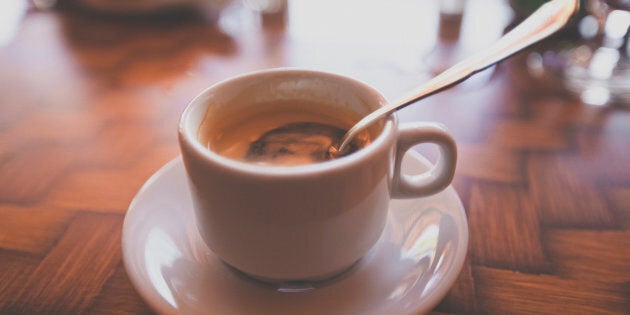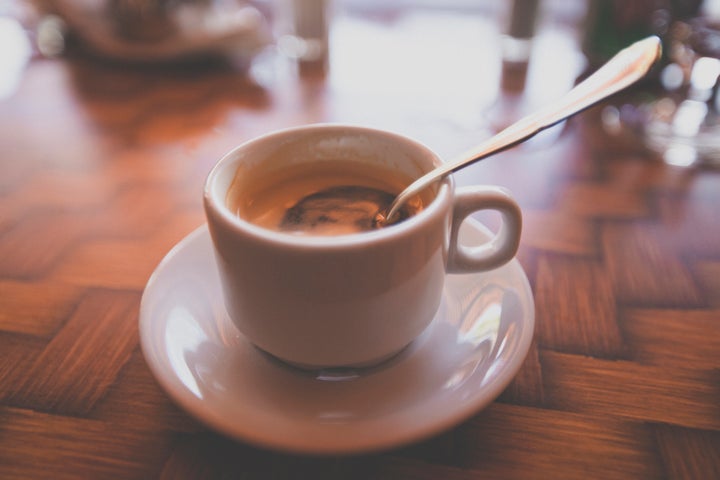

The recent ease on Cuban import restrictions means that for the first time in 50 years, the U.S. will be able to get its hands on real Cuban coffee beans. Considering how big the coffee culture is in Cuba, this is almost more important than the cigars.
Nespresso is celebrating this change in policy with its limited edition Cuban coffee capsules called Cafecito de Cuba, bringing Cuban coffee made with Cuban beans into your home.
But Cuban coffee has long been enjoyed outside of the Caribbean Island, despite the fact that the beans were not available. It’s been an integral part of the culture in South Florida for decades ― cafes brewing this coffee are found all over, from famous places like Versailles in Little Havana, Miami, to tiny stands in the local supermarkets, and even further north. How has this been possible without Cuban beans, you ask? It’s in the style.
Cuban coffee is about a style of brewing ― they brew cafecitos, which is Spanish for small coffee ― that can be made anywhere. You don’t even need an espresso machine, you just have to know what you’re doing. And it helps to have the dark-roasted Bustelo or Pilon coffee, both of which had their roots in Cuba, to brew Cuban coffee off of the island.
To make a proper Cuban espresso at home, you have to add sugar. The sugar’s quickly whisked with a little bit of espresso to create a layer of sweet “crema” that floats on top of the coffee. (Watch the video above to see how they do it.) This is the secret to what makes Cuban coffee so great.
If you order Cuban coffee out, it will often be made with an espresso machine, but you can easily make a good cup of it at home with a moka pot. Actually, that’s how a lot of Cubans do it themselves. The use of sugar to make the crema is said to have developed as a way to mimic the “heady crema of a cafe-bought espresso” without having to pay the price asked for at the cafes.
The sugar-laden espresso culture could also be a result of the quality of coffee rationed out to Cubans over the years. With the production of Cuban coffee on the decline since the 1960s, less was available on the market. So the government began to ration out 4 ounces of coffee a month to its citizens. And that small amount that was handed out was cut with ground chicharo bean, known as cafe con chicharo. It makes an earthy, bitter brew, which wholly welcomes sugar.
If you’re ready to up your coffee game, give this Cuban-style coffee a try. You can get Cafe Bustelo or Pilon coffee online if not available at your local supermarket. Or, if you’re a Nespresso drinker, you can try it with real Cuban coffee beans (bought in pod form).
Note: The video below says two varieties of Nespresso’s Cuban coffee are being introduced in the U.S., but there is just one variety being released in two stages. The first is in August, and the second in September.